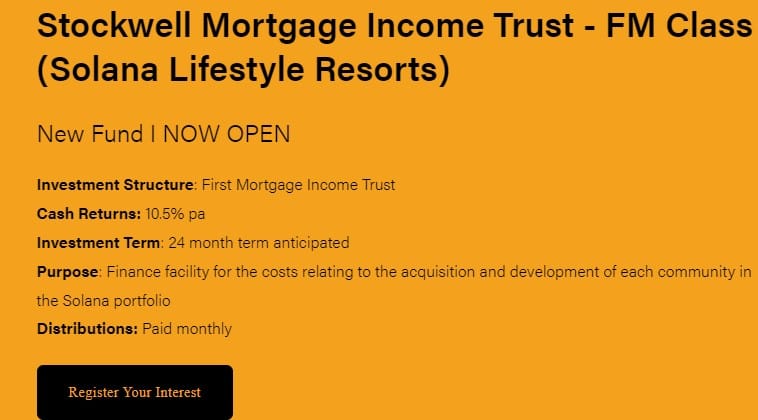Is property being disrupted by tech for retirement village operators?
It was 20 years ago that the Beacon Hill model of virtual community launched in Boston. Now there are 350 similar communities in the US. You can check them out HERE

To strategise the development of a new retirement village is to commit to a five year journey before it is in the market and six years before it is full with say 100 residents. Plus you will have to commit say $40M in funding. Is this a good strategic proposition? We believe that two movements are disrupting the traditional retirement village. They are tech and the understanding of ‘community’. COVID-19 has broken down the barriers of believing that privacy in all its manifestations is vital. We now remotely discuss everything with our GP, find new romantic partners and trade investments on line (despite the Optus hacking). Social scientists and property developers are now investing in the concept of ‘community’, and delivering it. It is no longer a special retirement village value proposition. So for a strategist, is it smart to commit to the five year journey to deliver to just 100 people or should they look for faster ways, requiring very little capital and that can scale. If ‘community and support’ is your mission, should you take this route? It was 20 years ago that the Beacon Hill model of virtual community launched in Boston. Now there are 350 similar communities in the US. You can check them out HERE. Arvida in NZ is taking another community approach – check them out HERE. At our Masterclass next week in Sydney we showcase 13 models that will challenge the traditional village – and they are in the market today. Learn more HERE. Property based communities are being disrupted, and in five years’ time the disrupters will be mainstream. Where are you going with your strategy – and capital?





